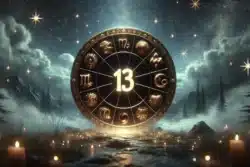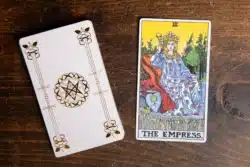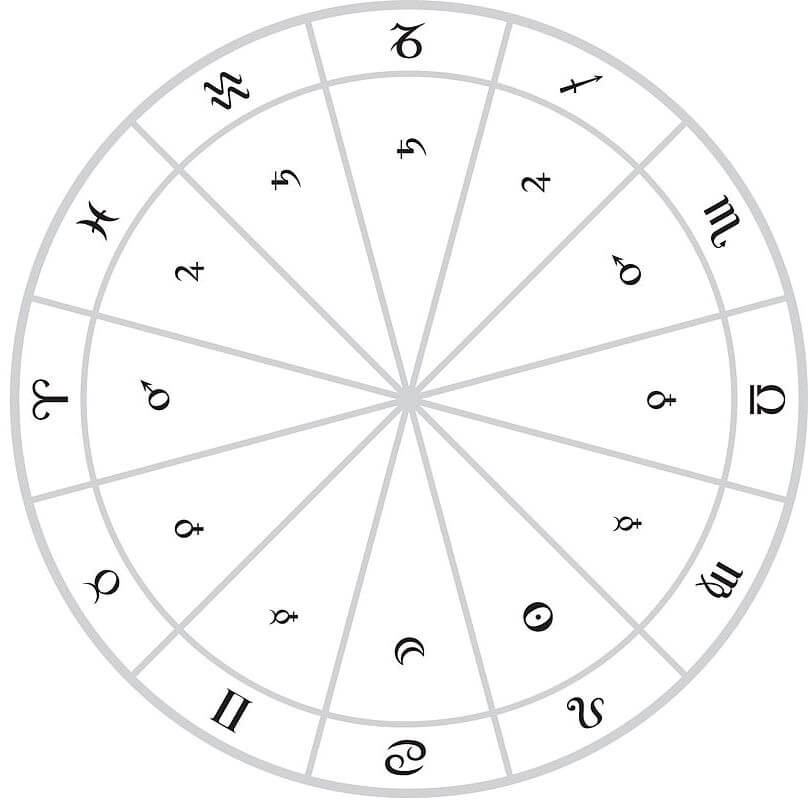Horoscopes

October 18, 2024
Which Horoscope Should You Follow? Sun Sign vs. Ascendant

October 10, 2024
Why Your Daily Horoscope Is More Than Just a Prediction: The Benefits of Daily Guidance

October 2, 2024
October 2024 Tarotscope: Unveil Your Cards’ Predictions!

September 12, 2024
Friday the 13th September 2024: Horoscope Luck for Every Zodiac Sign




Zodiac Signs

October 24, 2024
The Best Halloween Costume For Your Zodiac Sign

October 23, 2024
The 10 Most Famous Scorpios of All Time

October 22, 2024
Ryan Reynolds’ Astrological Blueprint: His Mouth is Where the Money Is?

October 21, 2024
Scorpio Season: What to Expect with the Sun in Scorpio from 10/22 to 11/21
Zodiac Calendar
The 12 Zodiac Signs
Aries Zodiac Sign
Taurus Zodiac Sign
Gemini Zodiac Sign
Cancer Zodiac Sign
Leo Zodiac Sign
Virgo Zodiac Sign
Libra Zodiac Sign
Scorpio Zodiac Sign
Sagittarius Zodiac Sign
Capricorn Zodiac Sign
Aquarius Zodiac Sign
Pisces Zodiac Sign
Chinese Zodiac




Love
Love Horoscope
Zodiac Love Compatibility
Aries Love Compatibility
Taurus Love Compatibility
Gemini Love Compatibility
Cancer Love Compatibility
Leo Love Compatibility
Virgo Love Compatibility
Libra Love Compatibility
Scorpio Love Compatibility
Sagittarius Love Compatibility
Capricorn Love Compatibility
Aquarius Love Compatibility
Pisces Love Compatibility
Life
Astrology

October 22, 2024
Ryan Reynolds’ Astrological Blueprint: His Mouth is Where the Money Is?

October 21, 2024
Scorpio Season: What to Expect with the Sun in Scorpio from 10/22 to 11/21

October 20, 2024
How You Meet the World with Your Scorpio Ascendant

October 18, 2024
Which Horoscope Should You Follow? Sun Sign vs. Ascendant
Birth Chart Calculator
Astrology 101
Points in the Sky
Astrology Houses
The Ascendant (Rising) Sign
The 4 Elements in Astrology
Qualities in Astrology
Dignities in Astrology
Born on the Cusp
Psychic Readings




Numerology



























